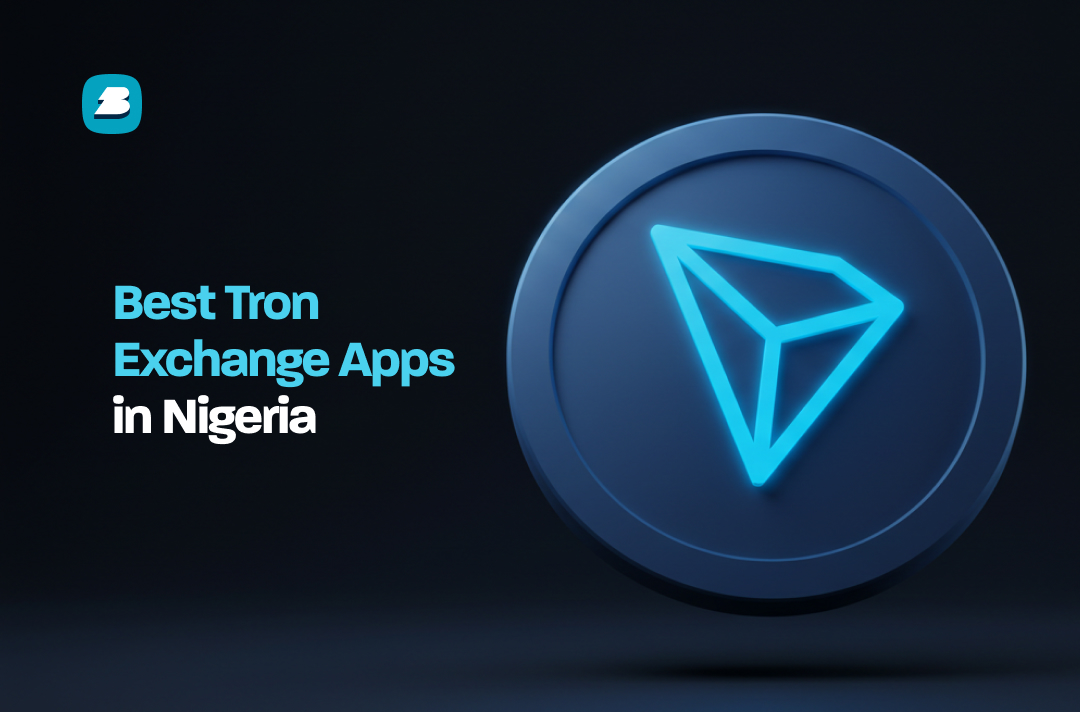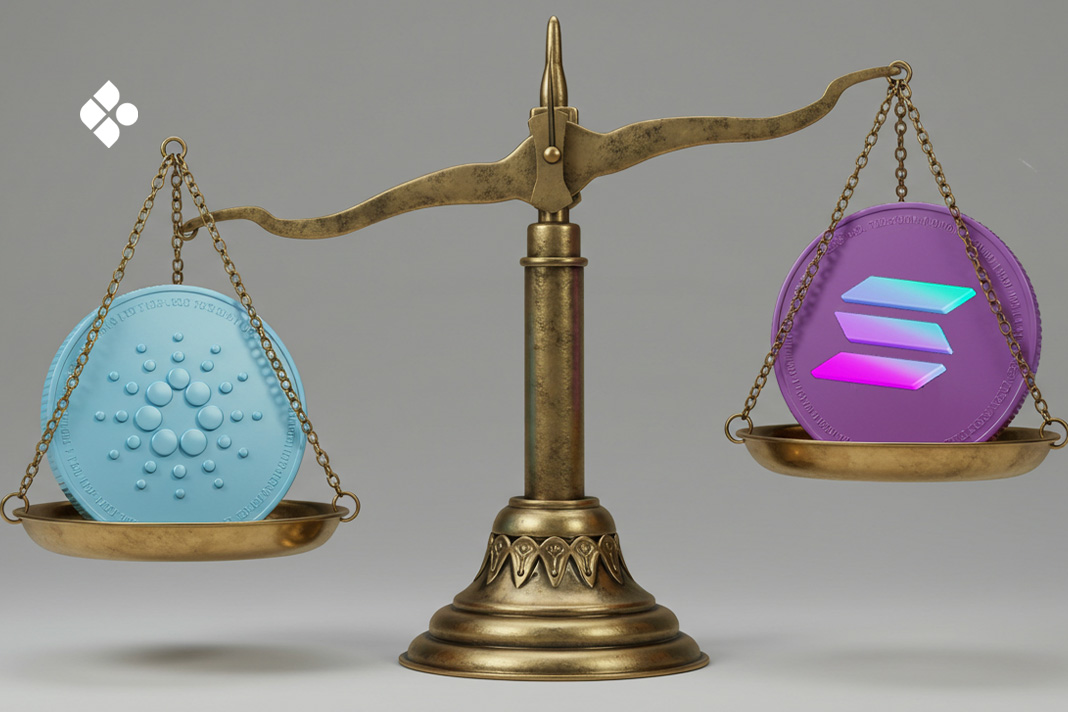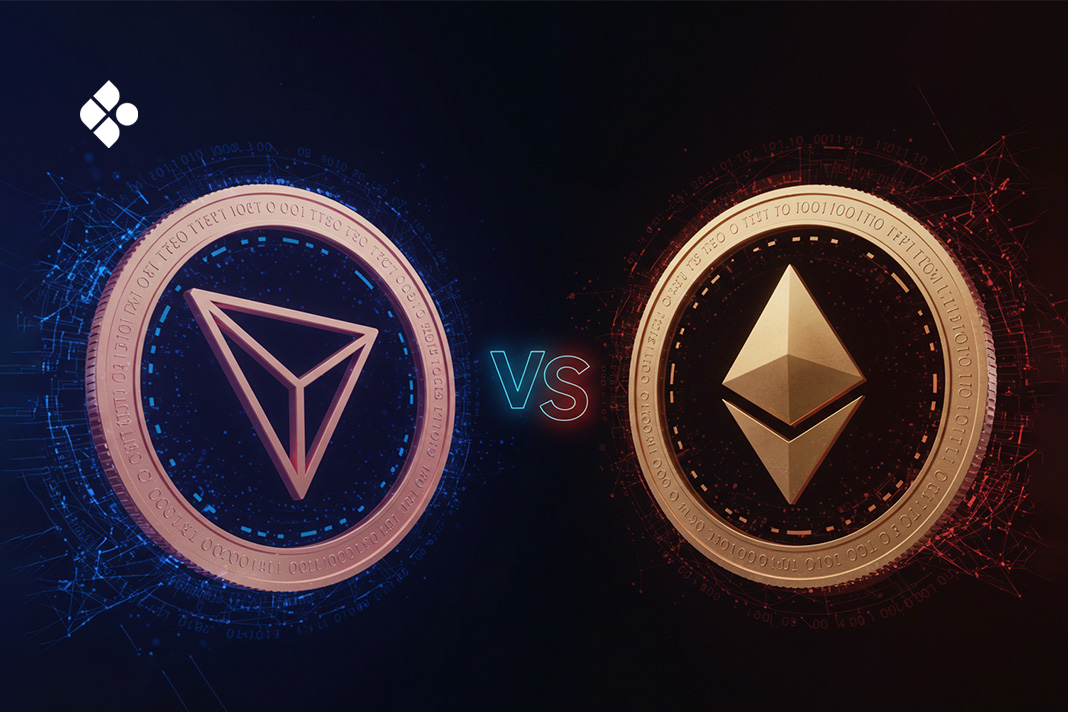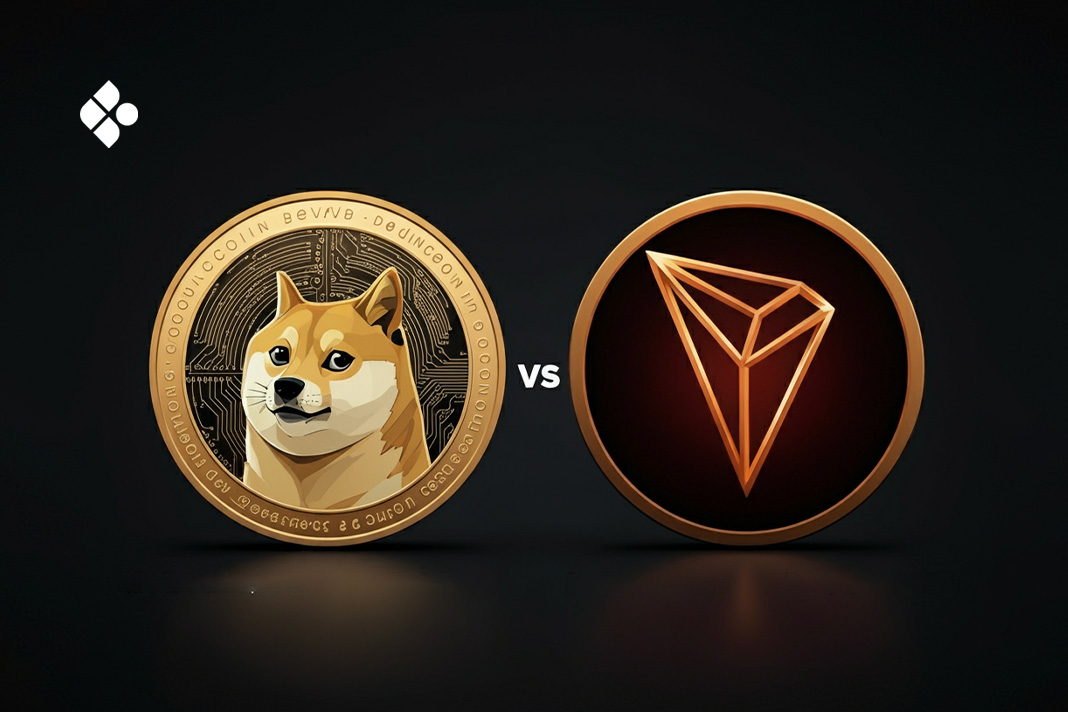Yield farming is one of the channels through which traders make money in the cryptocurrency market, by either locking cryptocurrencies in liquidity pools, lending, or staking their crypto assets in return for rewards. As of May 2025, the yield farming ecosystem had a market cap of over $22.3 billion, according to Coinmarketcap data.
Yield farming opportunities vary from one blockchain to another, with some offering better opportunities than others. In this article, we examine which blockchain offers better yield farming opportunities between TRON and Ethereum.
Understanding Yield Farming
Yield farming is a DeFi strategy where crypto holders earn passive income by putting their assets to work across decentralized platforms. This could mean lending, providing liquidity, staking, or using other protocols that offer rewards like interest, tokens, or trading fees.
Instead of letting your crypto sit idle, yield farming lets you grow it provides a source of passive income for those looking to explore decentralized applications (dApps). Notably, yield farming activities differ among DeFi platforms and across blockchains.
Also Read: How To Earn Money With DeFi in Nigeria
TRON vs Ethereum for Yield Farming
When choosing a blockchain for yield farming opportunities, it is important to consider some factors that can help you to minimize risk and maximize profit.
- Transaction Speed
The Tron network processes transactions faster than the Ethereum network. The Tron network can process up to 2000 transactions per second, while the Ethereum network can only process 15-30 transactions per second and can even get slower in times of congestion. This may impact yield farms on the Ethereum chain as users may experience slower speeds than those of the Tron network.
- Liquidity
The Ethereum network has higher liquidity than the Tron network, which helps it handle large-scale farming pools. So, if you are considering a chain with large liquidity, Ethereum is better.
- Ecosystem Size
Ethereum has a larger ecosystem than Tron, with more DeFi platforms offering a wide range of yield farming opportunities. For traders looking to explore more yield farming opportunities across different DeFi platforms, the Ethereum network is better.
- Transaction Fees
The Ethereum network is known for high transaction fees whereas fees on the Tron network are very low. Therefore, in terms of transaction fees, Tron is better for yield farming as the blockchain network is cost-effective.
See Also: How TRON’s Low Fees Compare to Ethereum’s High Gas Costs
Factors to Consider When Choosing a Blockchain for Yield Farming Opportunities

When choosing a blockchain for yield farming opportunities, it is important to consider some factors, aiming to minimise risk and maximise profit.
- Transaction Cost
When choosing a blockchain for yield farming opportunities, it is crucial to consider its gas fees. Chains like Ethereum have expensive transaction costs, which may not be favourable to a newbie. Others, like Tron and Binance smart chains, have relatively cheap transaction fees and are, therefore, affordable for traders.
- Platform Credibility
When choosing a blockchain for yield farming, verify their credibility by reading up on reviews about them. This is important for the safety of your assets.
Popular Yield Farming Platforms
Yield farming platforms are decentralized applications that allow users to contribute to liquidity pools and lend and/or borrow assets in exchange for rewards. Below are some of top yield farming platforms across different blockchain networks:
- Uniswap
Launched in 2018, Uniswap has retained its place over the years as the leading DEX on the Ethereum blockchain. It allows users to provide liquidity to different pools and earn rewards. The Uniswap protocol has a native token dubbed UNI, which is used as gas on the protocol. At the time of writing, UNI’s market cap stands at $4.68 billion.
- Curve Finance
Curve Finance is another DEX that allows users to explore yield farming opportunities with stablecoins like USDC, USDT, and DAI while earning rewards. It is described as a decentralized liquidity pool for stablecoin trading. CRV is the native token of Curve Finance with a market cap of $547 million as of February 2025.
- SUN.io
SUN.io is one of the leading decentralized platforms on the TRON blockchain with SunSwap V2 as its core. Users can explore various yield opportunities available on the platform and swap stablecoins. Despite being built on Tron, it also allows users to farm tokens on Ethereum, Binance Smart Chain, and other blockchains.
Frequently Asked Questions (FAQs) About Yield Farming Opportunities on TRON and Ethereum
What is yield farming?
Yield farming is a way to earn passive income by committing your crypto assets to DeFi protocols. This includes activities like staking, lending, or providing liquidity on decentralized platforms in exchange for rewards such as interest, new tokens, or a share of trading fees.
Which blockchain is more cost-effective for yield farming between TRON and Ethereum?
TRON is generally more cost-effective due to its low gas fees and faster transaction speeds. This makes it a popular choice for smaller traders or those running multiple transactions.
Why is Ethereum popular for yield farming?
Ethereum has the largest and most established DeFi ecosystem, offering a wide variety of yield farming platforms, high liquidity, and strong developer support. This makes it ideal for users looking for diverse opportunities and trusted protocols.
See Also: 5 Simple Ways to Earn Passive Income with Ethereum
Which blockchain is better for large-scale yield farming?
Ethereum is better suited for large-scale yield farming. Despite higher fees, it offers more advanced tools, deeper liquidity pools, and a broader selection of DeFi projects — making it a preferred choice for high-volume farmers.
Can I use both TRON and Ethereum for yield farming?
Absolutely. Using both blockchains can help you diversify your strategy, minimize risk, and take advantage of cost-saving opportunities on TRON while tapping into Ethereum’s mature DeFi ecosystem.
Conclusion
When it comes to yield farming, both TRON and Ethereum bring something valuable to the table. TRON shines with its low fees and speed, making it ideal for smaller, frequent transactions. Ethereum, on the other hand, offers a deeper DeFi ecosystem, more liquidity, and advanced yield farming tools — perfect for users looking to go big.
The best choice depends on your goals, risk tolerance, and strategy. Whether you’re chasing high APYs or just getting started with DeFi, it pays to stay informed.
If you found this helpful, check out more beginner-friendly and advanced crypto guides on the Breet Blog—your go-to for smart, safe crypto learning.
Conclusion
While the cryptocurrency market offers many opportunities to explore, it is beneficial to weigh opportunities to get in on the best. From the comparison, the Ethereum network offers a more robust ecosystem filled with more farming opportunities, while the TRON network offers lesser transaction fees and faster speed.







